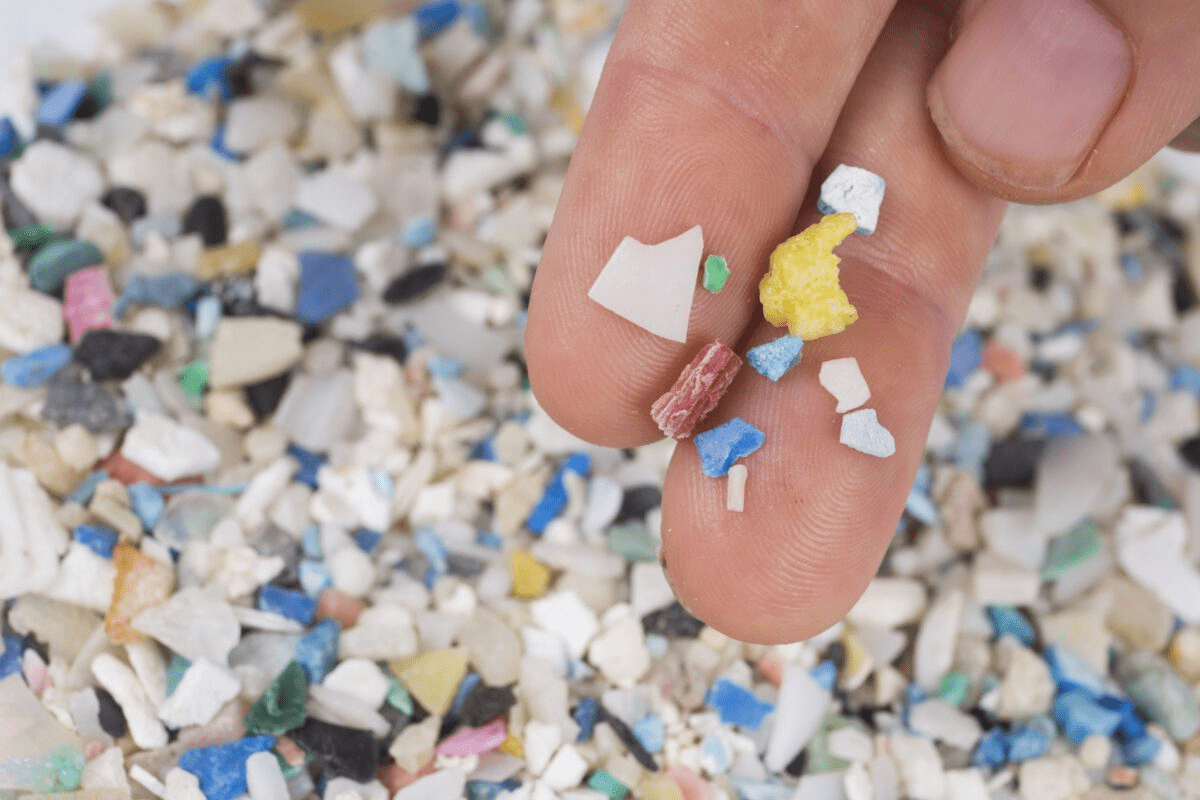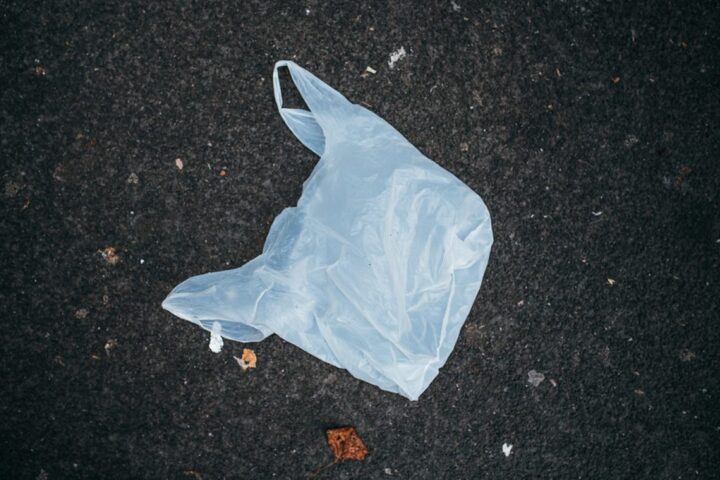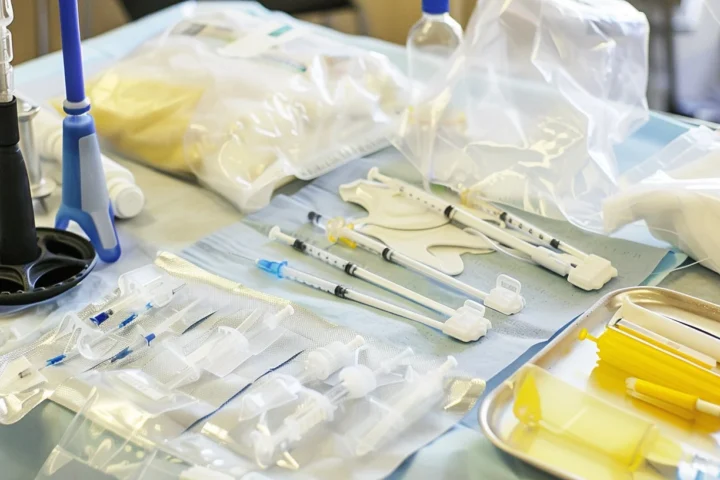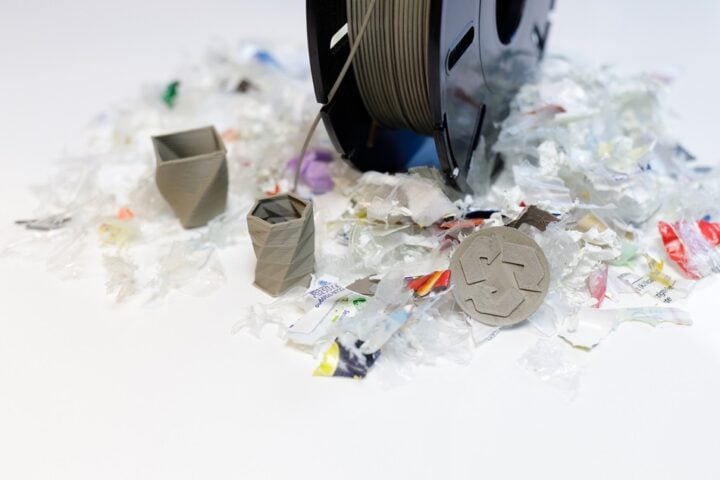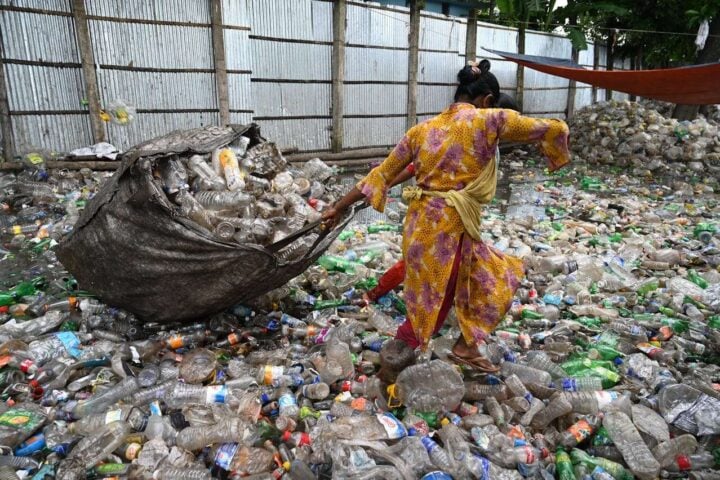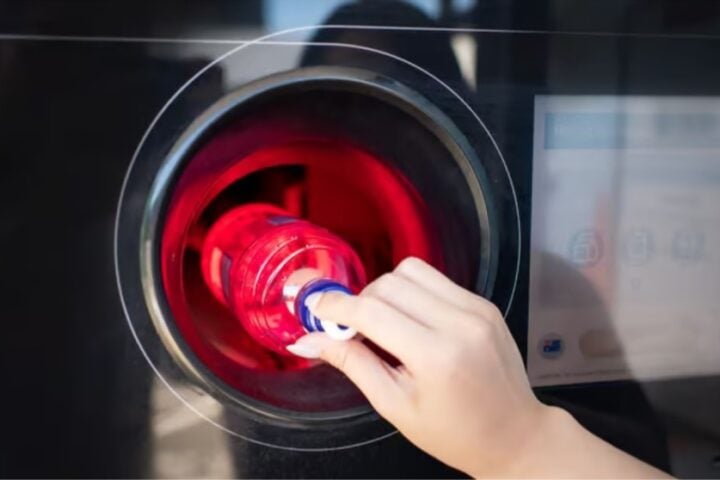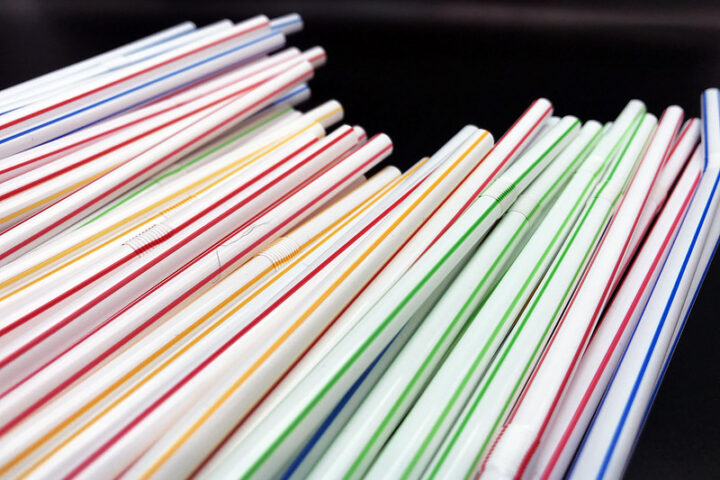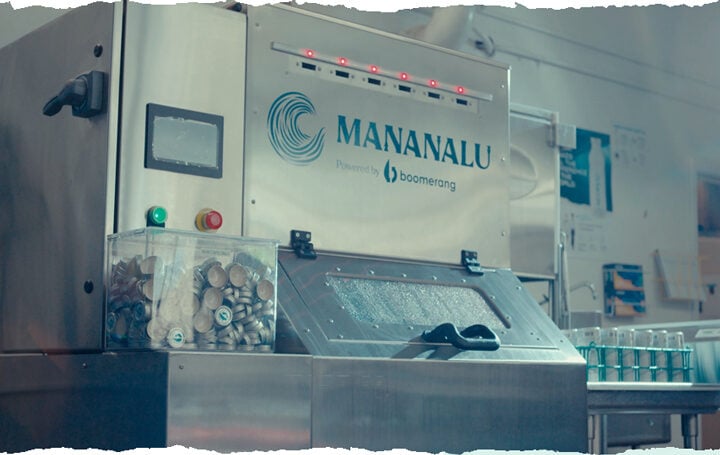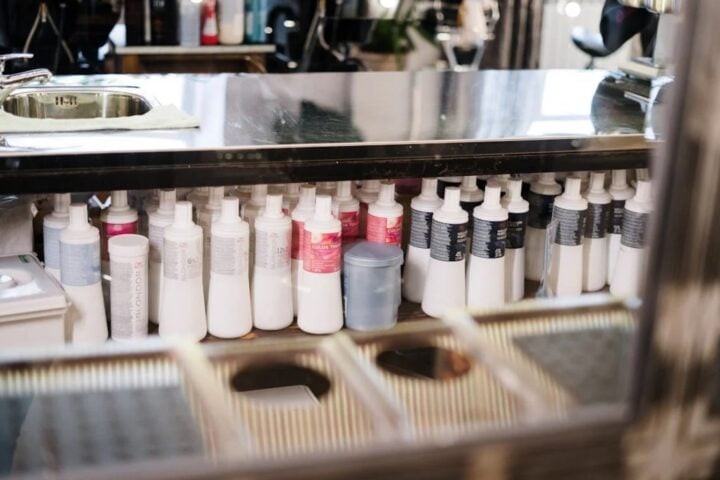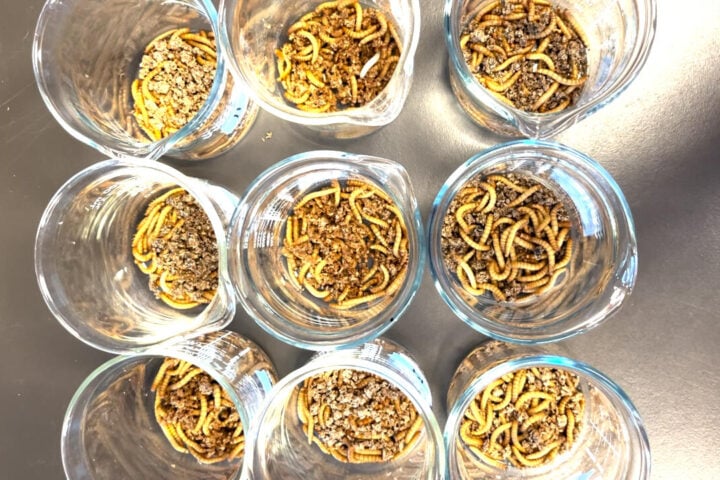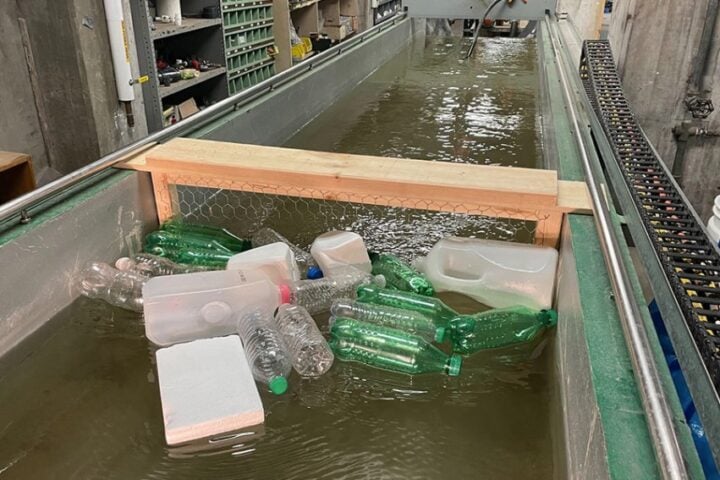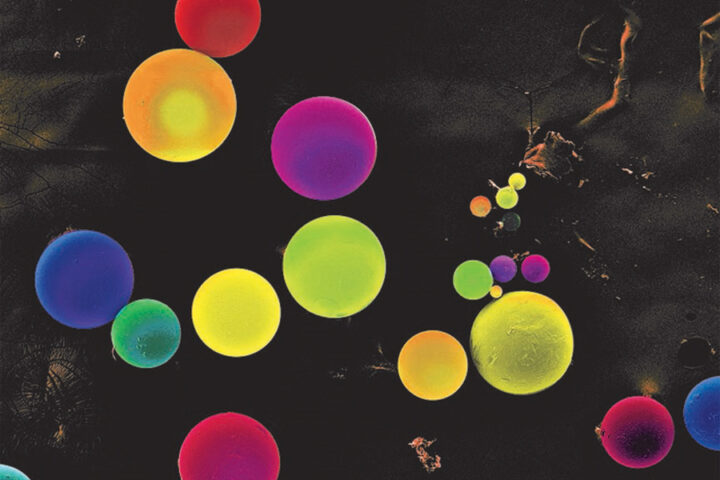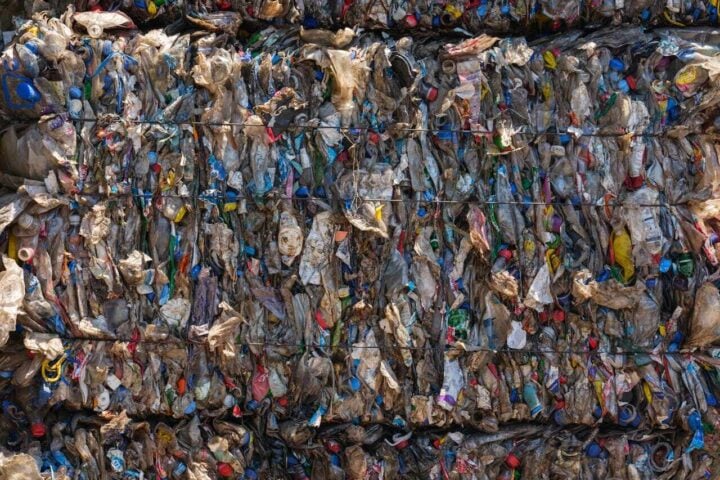A UK “state-of-the-art” plastic recycling facility may release up to 75 billion microplastics per cubic meter of wastewater per year. The above plastic waste constitutes around 6% of the plastic processed in the facility. Known to be harmful to human health when ingested or inhaled, the majority of these plastic particles are smaller than 10 microns.
By releasing billions of tiny plastic particles, plastic recycling facilities could be contributing to water pollution and posing risks to human health. In the U.K., an international team of scientists conducted a study sampling water inside a new recycling facility. Every year, the facility in question could be discharging up to 75 billion microplastics per cubic meter of waste water. The actual number is likely underestimated, as the researchers only considered microplastics as small as 1.6 microns.
Measuring the efficacy of a water filtration system installed in the facility, the study found that it removed 90% of the microplastics larger than 10 microns but didn’t eliminate the smaller particles. Before the filtration system, the recycling plant released around 2,933 metric tons of microplastics annually, which decreased to 1,366 metric tons after its implementation. Promoted as a solution to plastic waste, recycling itself could contribute to the release of large quantities of microplastics, the study suggests.
According to the research, the microplastics released in the water accounted for 13% of the plastic processed by the recycling plant. As it had installed a water filtration system, the tested facility is considered a “best-case scenario”, whereas many other recycling plants might lack such measures. Microplastics, particles smaller than 5 mm, are found in various environments, from snow in Antarctica to the depths of the ocean, and pose a threat to animals and plants. According to the study, there are high levels of microplastics in the air surrounding the recycling facility, with 61% of particles being smaller than 10 microns, which is associated with human illness.
Similar posts
The findings suggest considering the protection of workers within plastic recycling facilities, including the use of masks and remedial measures. Annually, the global plastic recycling rate of around 9% means that plastic recycling facilities may produce approximately 2 million metric tons of microplastic waste. Highlighting the environmental and health risks, the size of microplastic particles raises concerns about their ingestion by various organisms and humans. Using “advanced recycling” processes, the plastic recycling facilities can also emit hazardous air pollution and generate toxic chemical waste. In order to combat plastic pollution, there is a plan to develop a “global plastics treaty,” but discussions are ongoing regarding how plastic recycling should be addressed and regulated. Emphasizing the need for better management of plastic waste, proper handling of plastic, and increased responsibility are crucial in light of the findings.
Although the study does not propose halting recycling, it emphasizes the importance of reducing consumption and considering the impacts of proposed solutions. Focusing on reducing plastic consumption rather than solely relying on recycling to protect the environment is essential. While intending to safeguard it through recycling practices, the study highlights the contradiction of polluting the environment.
The findings raise concerns about the implications for the environment and human health and the need to reevaluate our approach to plastic waste. The emphasis of the study is on the importance of addressing the problem of plastic pollution comprehensively and not solely relying on recycling as a solution. The study underscores the need for responsible plastic management and the urgency of reducing plastic consumption and production.
